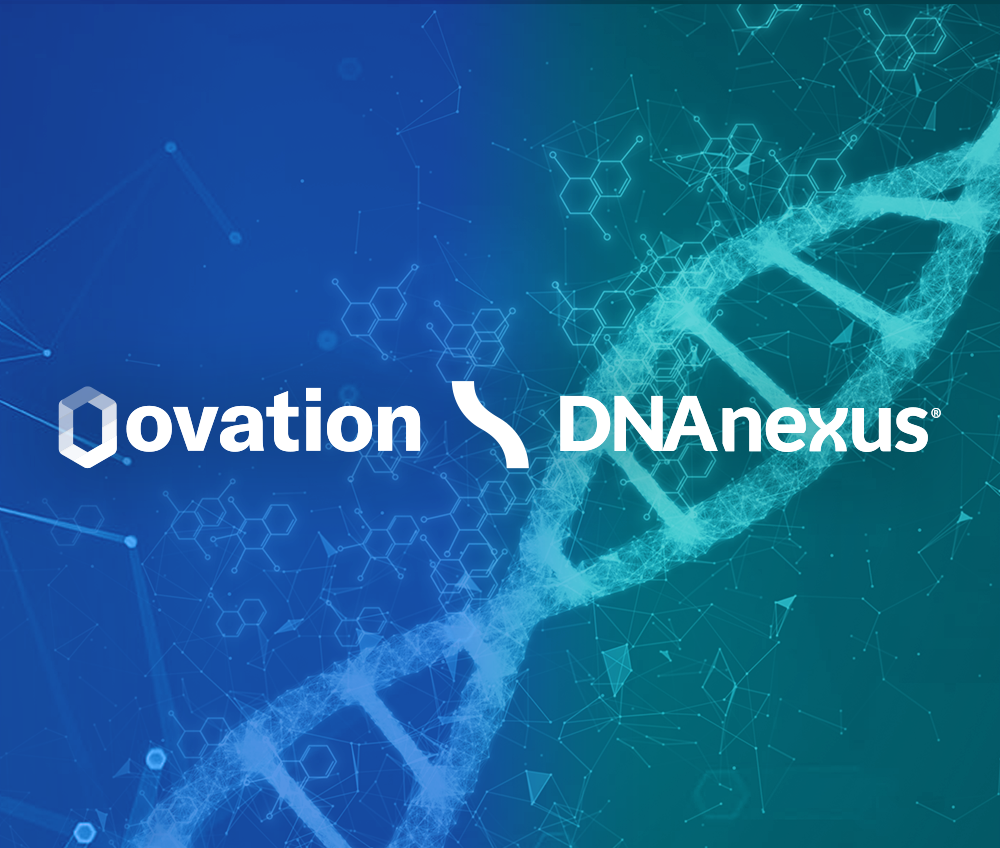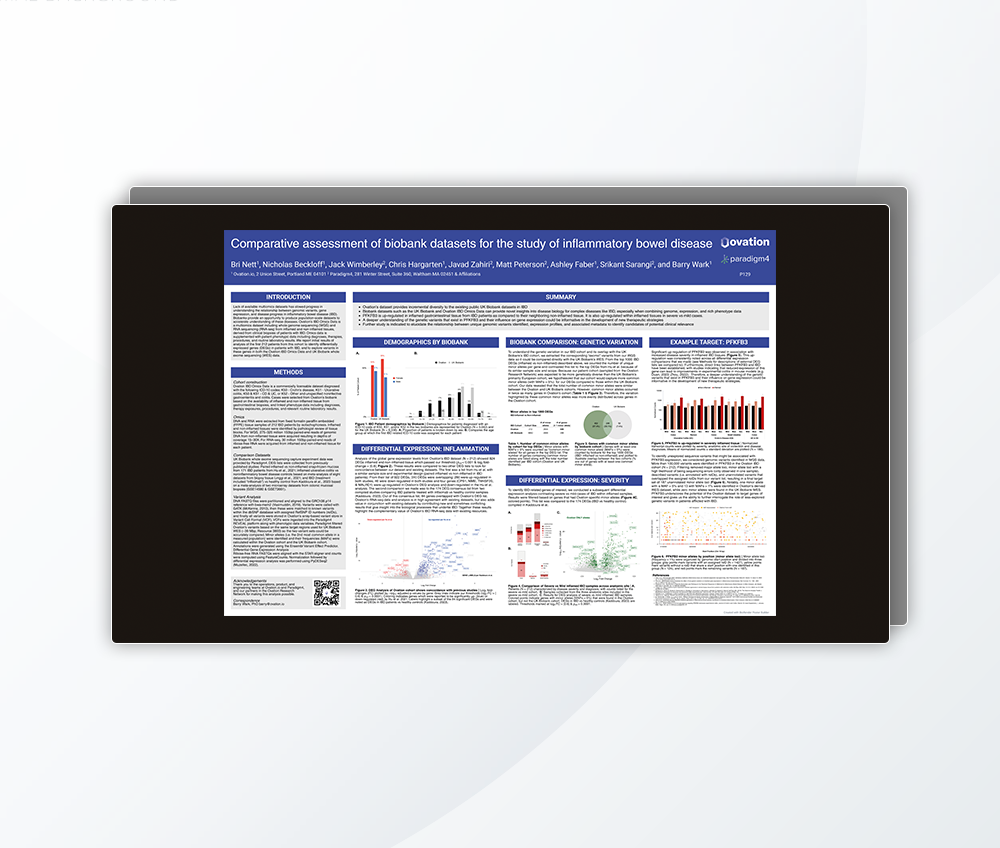Written by Dr. Pauline Gee, Ovation’s Head of Clinical Affairs
If you have a shortage of testing supplies, call 1-888-INFO-FDA (1-888-463-6332) and press * or Email [email protected]
UPDATE April 14, 2020: Reporting of SARS-COV2 Results
As Contact Tracing moves to the forefront of managing the COVID-19 pandemic, Janet Hamilton, from the Council of State and Territorial Epidemiologists (CSTE) emphasized the need for full, comprehensive identifiable information for patient specimens from labs because of the enormous gaps in the information received so far from labs.
Not only the test results that indicate positive, negative or indeterminate/inconclusive and relevant dates for infection status, but Personal Identifiable Information (PII) is absolutely essential for the CSTE and local public health departments to manage the return to normalcy and responsible gradual access to physical social interactions.
Minimally, PII for each patient sample should include:
- Name (first, middle initial/name, last)
- Date of Birth
- Sex (gender)
- Race (and ethnicity)
- Place of residence (street, apt. no., city, state, zip code +4, country)
- Ordering Provider (name, address, telephone number, email, NPI, etc.)
- Telephone number (mobile, text messaging, alternate numbers)
- Email address (personal, work alternates).
As much available PHI should be reported – see the Persons Under Investigation (PUI) form for the type of information requested by the CDC/CSTE from the local state health departments. Each lab is required to report COVID-19 related testing results to their local state health department. For example, UTAH has released a Guidance for electronic reporting with specific HL7 v2.3.1:ORU^R01 or v2.5.1:ORU^R01 formats along with information required which is consistent with the CDC PUI form.
We understand that the source of patient information is primarily from the providers when they order a SARS-COV2 test from a laboratory. Processing of the specimens requires only two to three unique identifiers to maintain chain of custody. However, it is the labs that are responsible for reporting comprehensive PII along with lab results to the state health departments as rapidly as possible.
To that end, the CSTE is drafting a letter for labs to help educate lab personnel and to educate the providers who order the COVID-19 related tests the urgent need for patient demographic information. However, we urge our labs not to wait for this letter but take the initiative to gather such needed information associated with patient samples using every avenue available from their ordering providers immediately. Any missing information must be gathered retroactively and reported.
To share this reporting burden, Ovation has designed a report to capture most of the relevant information that can be exported from your OvDx system: FEMA example and State/CDC example.
Contact your state health department to coordinate how to report your lab testing results to your local health department electronically.
A Directory of Local Health Departments can be found here, along with after hours contact information to the state CSTE for reporting patient results here.
Reporting SARS-COV-2 results with detailed patient information including contact coordinates is crucial in managing the infection rates primarily carried out by the CSTE. Dr. Eduardo Sanchez says “A big part of the problem is the inability to conduct ‘contact investigations.’ These investigations involve figuring out everyone an infected person may have been in contact with. This requires a lot of time and labor – two resources that just aren’t available in a strained system. It’s easy to see how quickly cases can spread without information from contact investigations.” Dr. Sanchez is the American Heart Association’s chief medical officer for prevention and a former state health commissioner of Texas. He has dealt with major public health crises, including the SARS outbreak (COVID-19 science: Why testing is so important).



